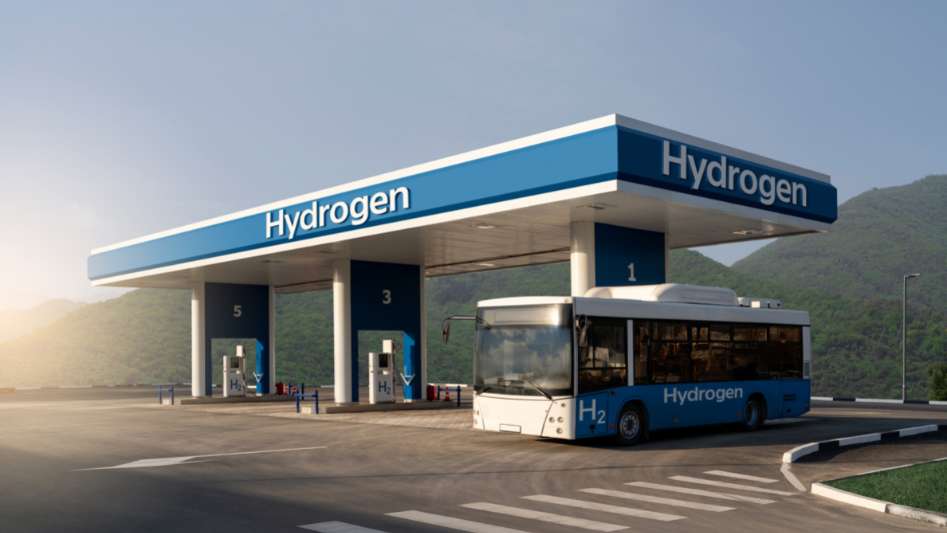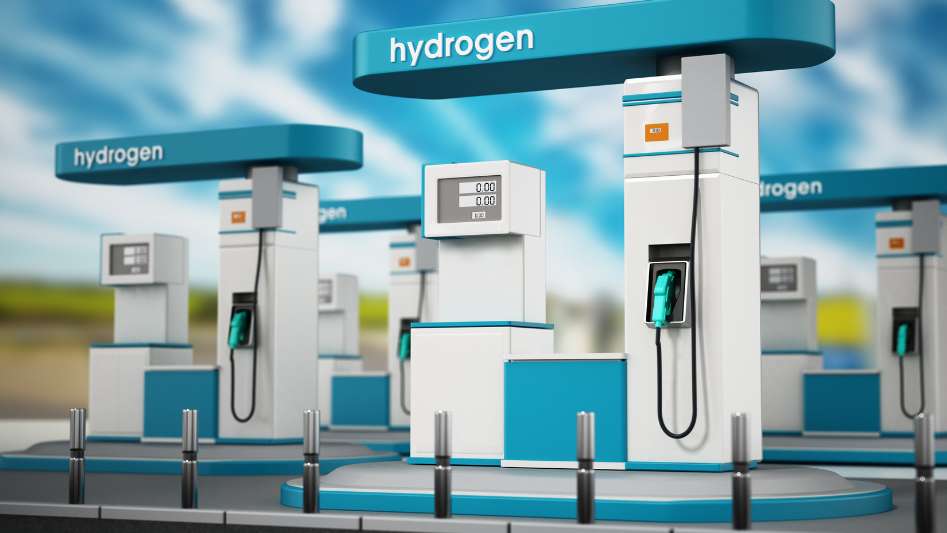Learn how building a strong hydrogen infrastructure can drive the adoption of hydrogen vehicles and support the transition to a clean energy future.
Table of Contents:
Introduction
Hydrogen-powered vehicles have been gaining popularity as a clean, efficient and sustainable alternative to traditional gasoline-powered vehicles. With its zero-emission capabilities, hydrogen has become an attractive option for those looking to reduce their carbon footprint and contribute to a greener environment. However, to fully realize the benefits of hydrogen-powered vehicles, a strong hydrogen infrastructure is needed. This blog post aims to educate readers on the importance of building a strong hydrogen infrastructure in the USA, and why it is essential to support the growth of hydrogen-powered vehicles.

The Need for Hydrogen Infrastructure
A strong hydrogen infrastructure is essential to support the growth of hydrogen-powered vehicles. Without the necessary infrastructure, it will be challenging for drivers to refuel their hydrogen-powered vehicles, making it difficult for them to adopt these vehicles as their primary mode of transportation. The lack of hydrogen refueling stations is a major hindrance to the widespread adoption of hydrogen-powered vehicles. Therefore, it is crucial for the government and the private sector to work together to build a robust hydrogen infrastructure that can support the growing demand for hydrogen-powered vehicles.
The Current State of Hydrogen Infrastructure in the USA
The current state of hydrogen infrastructure in the USA is still in its early stages, but it is rapidly developing. According to the US Department of Energy, there are currently 38 hydrogen fueling stations in the country, with plans to build more in the future. However, compared to other countries like Japan and Germany, the USA still has a long way to go in terms of building a strong hydrogen infrastructure. Nevertheless, the government and private companies have made significant investments in hydrogen infrastructure development, indicating that there is a strong commitment to support the growth of hydrogen-powered vehicles.
Building a Strong Hydrogen Infrastructure
Building a strong hydrogen infrastructure is a collaborative effort between the government and private companies. The government can provide financial incentives and support to private companies to help build and maintain hydrogen fueling stations. Private companies, on the other hand, can invest in research and development to improve the technology used in hydrogen production and delivery, making it more accessible and cost-effective. It is important to note that building a strong hydrogen infrastructure is a long-term investment that requires a lot of planning, investment and coordination. Nevertheless, the benefits of a strong hydrogen infrastructure will be well worth the effort.

The Benefits of a Strong Hydrogen Infrastructure
A strong hydrogen infrastructure will bring many benefits, including:
Increased accessibility to hydrogen-powered vehicles, making them more attractive to consumers
Increased competition among hydrogen suppliers, driving down the cost of hydrogen
Increased investment in research and development to improve the technology used in hydrogen production and delivery
Increased deployment of hydrogen-powered vehicles, reducing the carbon footprint of the transportation sector
Increased job opportunities in the hydrogen industry, contributing to the growth of the economy
Conclusion
In conclusion, building a strong hydrogen infrastructure is essential to support the growth of hydrogen-powered vehicles in the USA. It will bring many benefits, including increased accessibility to hydrogen-powered vehicles, reduced carbon emissions, and increased investment in research and development. The government and private companies must work together to build a robust hydrogen infrastructure that can support the growing demand for hydrogen-powered vehicles.

FAQ
What is hydrogen infrastructure?
Hydrogen infrastructure refers to the network of production, storage, distribution and refuelling systems that support the use of hydrogen as a fuel source.
How does hydrogen infrastructure support hydrogen powered vehicles?
Hydrogen infrastructure provides a means to produce, store, and distribute hydrogen fuel to power hydrogen-fueled vehicles. It also includes refuelling stations for vehicles to refuel.
What are the benefits of hydrogen infrastructure for vehicles?
Vehicles can run on a clean, sustainable, and effective fuel source thanks to hydrogen infrastructure, which also helps the environment.
How is hydrogen infrastructure different from traditional fuel infrastructure?
Infrastructure for creating, storing, and transporting hydrogen fuel uses different technologies and processes than infrastructure for conventional fuels.
What is the future of hydrogen infrastructure for vehicles?
Hydrogen infrastructure is expected to grow as demand for hydrogen-powered vehicles increases and new technologies are developed. This growth is expected to provide a sustainable, clean, and efficient source of fuel for vehicles in the future.
You May Also Like
- CONVERTING TRADITIONAL ENGINES TO RUN ON HYDROGEN: A LOOK AT THE LATEST EFFORTS
- FROM CONCEPT TO REALITY: THE EVOLUTION OF HYDROGEN FUEL CELL CARS
- COMPARING HYDROGEN FUEL CELLS TO TRADITIONAL DIESEL ENGINES FOR HEAVY-DUTY VEHICLES
- GREEN HYDROGEN: THE MISSING COMPONENT IN THE RACE TO NET-ZERO
- WHY HYDROGEN IS THE FUTURE OF SUSTAINABLE ENERGY
